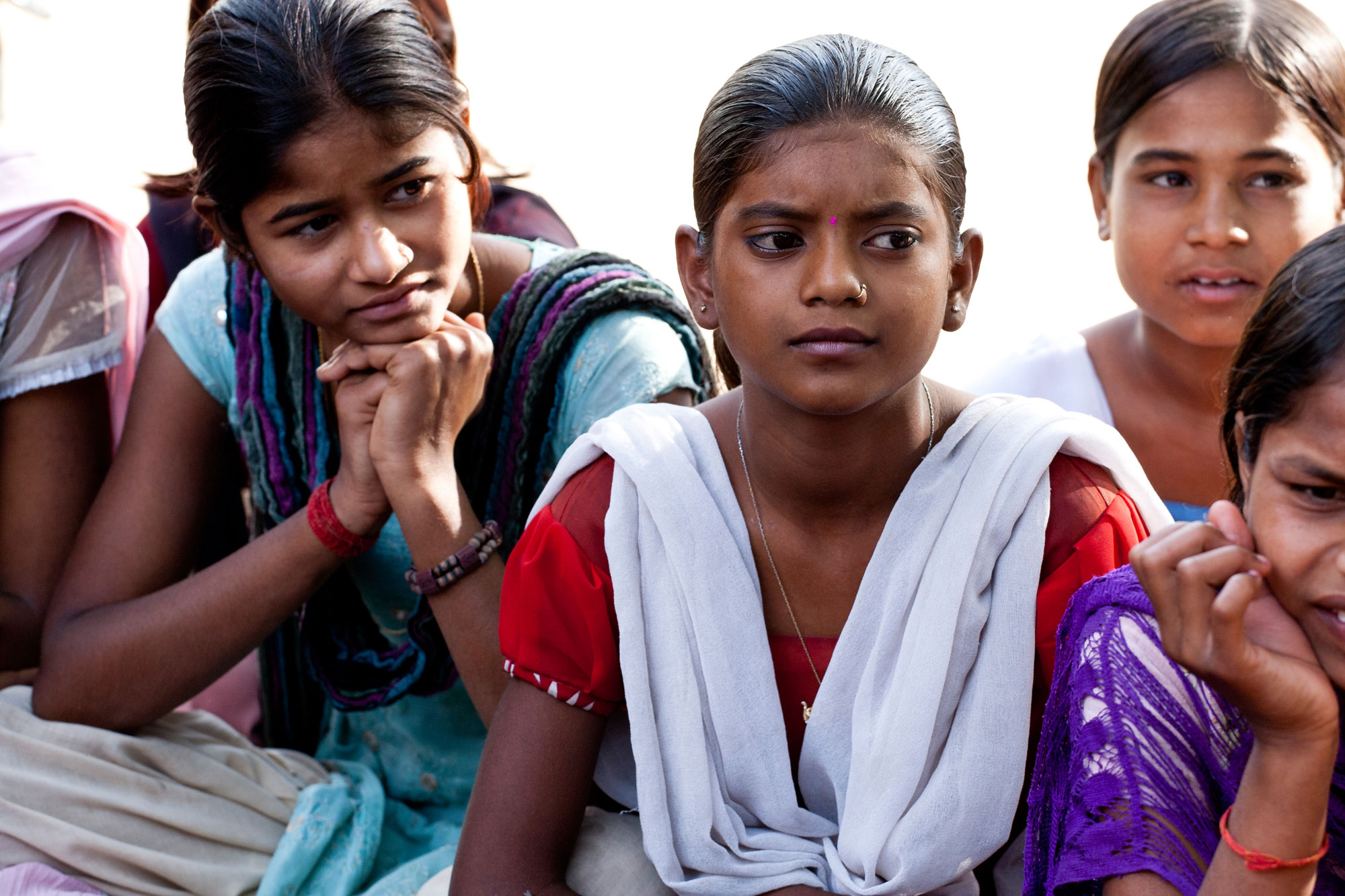After more than three decades of grantmaking in the field of Population and Reproductive Health (PRH), MacArthur Foundation’s programme in this field came to a close this year.
As our approach to philanthropy in PRH evolved over the years, we learnt a great deal; we saw success and faced challenges as we deployed different grantmaking approaches. And we believe that some of our observations and reflections may be of practical use to donors in India.
Our learnings are informed by a review of archival documents, strategy memos, internal reviews, external assessments, and more than 50 interviews with representatives of grantee organisations, and former and current staff at the foundation.
Lessons learnt
While MacArthur’s PRH programme sought to address population problems of global significance, the approach adopted was to support and develop local leaders and local institutions.
The programme sought to underwrite responses to these problems that were domestically generated, culture-driven and particular in their application, rather than supporting those that were externally generated, or only technology-driven.
Social and systemic injustice has deep roots, and local contextual knowledge is better in making concepts such as ‘community participation’ and ‘local empowerment’ a reality in interventions.
Communities are central to the way the foundation has viewed solutions. Social and systemic injustice has deep roots, and local contextual knowledge is better in making concepts such as ‘community participation’ and ‘local empowerment’ a reality in interventions.
We therefore provided consistent, long-term support to local nonprofits to generate local solutions. We recognised that dedicated and embedded local partners are better judges of strategy, able to mobilise local resources, and be responsive to their communities’ needs. We also understood that when organisations are not externally catalysed, they are more likely to remain in those communities, working on these issues, long after their large, global funders have left.
We used initiatives like study tours, participation in country-level and international conferences, and learning from international experts to open up opportunities for our grantees. This enabled them to share their knowledge, expertise and experience, and allowed for the organic growth of collaborations and partnerships between grantees.
It’s also important to realise that one size doesn’t fit all – neither in terms of the support we provide or the expectations that we have of our portfolio organisations.
For instance, with respect to monitoring and evaluation, our programmes required grantees to use information collected through qualitative and quantitative tools to evaluate project outcomes. Recognising that many local grantees in the PRH portfolio did not have the skills required to monitor effectively, we calibrated expectations from each of them.
It’s important to understand that all projects do not require gold-standard evaluation designs, nor do all grantees have the skills to execute such designs. Furthermore, funders usually have to balance budget allocations between programme implementation and evaluation costs; this is a very real trade-off.
In a few cases, where grantees had the capacity to conduct gold standard evaluations, MacArthur supported such evaluation designs.

Dedicated and embedded local partners are better able to mobilise local resources, and be responsive to the communities’ needs | Picture courtesy: Charlotte Anderson
A key learning for us was that annual budget allocations for overhead expenses and indirect costs needed to cover the true costs of the project.
Annual budget allocations for overhead expenses and indirect costs needed to cover the true costs of the project.
Allocations for salaries in project budgets helped nonprofits recruit, train, and retain professional talent. Funding for the purchase of assets such as laptops, mobile phones and other technology, furniture, and vehicles where extensive travel was required, allowed them to be more effective in their work.
In addition to the regular overhead coverage, we made special one-time grants to exceptional grantee organisations through the MacArthur Award for Creative and Effective Institutions.
The funds awarded ranged from USD 3,50,000 to 7,50,000 depending on the size of the organisation. Funds were typically used to purchase real estate to house offices or serve as training centres; owning the needed space reduced an annual cost to the organisation, increased its stability, and resulted in expanded programming and reach.
Sometimes organisations allocated a small portion of the grant for strategic planning, investments in technological infrastructure, training, or strengthening an internal function like development or communications.
These grants contributed to the organisation’s infrastructure, bring valuable public attention to the recipients and their work; and signal the funders confidence in the governance, operations and programmatic impact of these groups.
It is critical that a foundation’s reporting requirements are not unduly onerous; instead it must allow nonprofits to use annual reporting for purposes of stock-taking, making mid-course corrections, and future planning.
When grantees feel secure in the knowledge that they will not be penalised for ‘failures’, they tend to be candid in sharing information about the challenges and disappointments that they face.
Allowing revisions to original project proposals if the situation requires it and accepting that circumstances and context can change within a typical three-year project cycle, can help grantees respond quickly to a changed situation or seize a new opportunity to advance the agenda.
If there is a desire to support innovation in one’s chosen field of investment, it is important to set aside a small proportion of one’s funds for higher-risk opportunities with the potential to produce large impact.
In the first decade of PRH, as the programme was evolving its grantmaking approach, and less was known about what works and what does not, we supported pilots. Staff learnt from these experiences and found a right balance between funding innovation and building a strategic portfolio.
Often, existing approaches prove insufficient to craft solutions to large, complex issues where there is a need to experiment.
MacArthur was an early funder of youth sexual and reproductive health. When the foundation ramped up grantmaking on this theme, the issue was not getting the attention it deserved from national governments and by international agencies. By the time, MacArthur exited this theme in 2015, countries had policies and programmes on youth sexual and reproductive health in place, and youth sexual and reproductive health was the focus for a growing number of donors.
Often, existing approaches prove insufficient to craft solutions to large, complex issues where there is a need to experiment.
For instance, very few donors have funded social accountability initiatives; holding government agencies to account is often considered ‘risky’. However, we have seen the value of investing in such projects. Our contributions in the field of social accountability for maternal health in India, Mexico, and Nigeria have led to widespread acceptance of the idea that citizens’ engagement, especially that of women, with the health system is important for the delivery of quality maternal health services.
All grantmakers have to deal with exits when they change strategic priorities, leave fields, or leave countries, and have to manage the exits to reduce risks for grantee organisations and the donor.
We realised that small and national grantee organisations were significantly affected by the foundation’s exit; international nonprofits less so because of the possibility of getting grants from other donors.
We considered several factors while developing our exit plan. First, we assessed the risks of the exit on the grantee organisations. They received a tie-off grant in the following cases:
- Where it was felt that funding was required to bring work to a logical conclusion with one more grant;
- The project was at a sufficiently mature stage where one more grant could make a difference in achieving goals and objectives;
- Not giving a tie-off grant would result in significant reputational risks for the grantee or the foundation, and lastly;
- The organisation would suffer as a result of funding ending abruptly.
In other cases, we funded other entities who could help strengthen the capacity of grantees to secure local donor support for their work. For example, in India, we gave a grant to Dasra to train and provide customised support to our grantees on issues such as communication, fundraising, and financial planning. Where possible, they also attempted to educate local philanthropic donors and CSR entities on the critical need to fund maternal health.
MacArthur’s PRH grantmaking over the past 25 years adopted and applied techniques in strategic philanthropy, including theories of change, outcome-orientation, impact assessment and scaling up. However even as grantmaking techniques changed and matured, the programme remained true to keeping people and communities at the centre of all its work.





